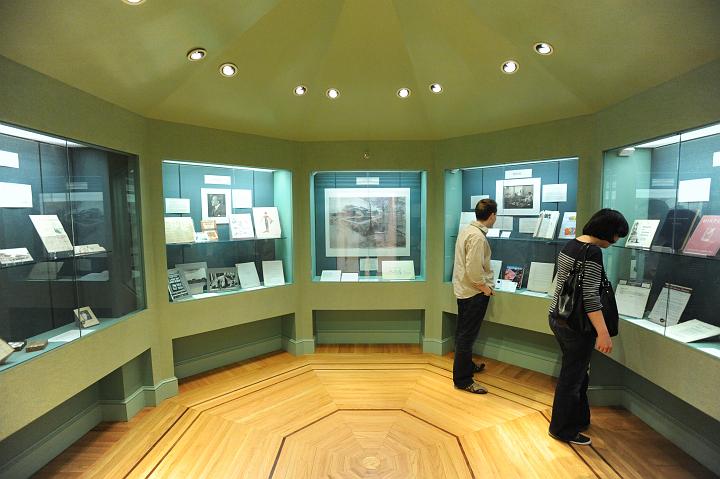III.2. Committee Files, 1936-1979
- Biographical / historical:
-
As historical background, in February 1890, Seth Low (President, 1890-1901) convened the entire Columbia faculty in order to obtain their views about the reorganization of the university. After the arbitrary growth of the faculty during the 1880s, many within the university community were cognizant of the need for faculty reorganization. Although Low's reorganization plan presented to the trustees the fall 1891 was one with that only a minority of faculty identified, in choosing it, Low made clear the distinction in his mind between full consultation and executive decision making. (McCaughey, Robert A.,Stand, Columbia: A History of Columbia University in the City of New York, 1754-2004(Columbia University Press, 2003): 147-148.)
The new organization that began to take shape in late 1891 divided the university's instructional staff into four coequal faculties (with some joint membership): the newly constituted Faculty of Philosophy, which included faculty teaching primarily in "the College proper"; the Faculty of Political Science; the Faculty of Law; and the Faculty of Mines. Thus, Low gave the Columbia faculties the basic nomenclature and shape they would retain, with a few additions, into the 1970s. (Id.at 148)
By the mid-20th century, for example, Eaton Professor of Public Administration Arthur W. Macmahon, Executive Director of the President's Committee on the Educational Future of the University (January, 1958), released the text of the Committee's recommendations. (Columbia Spectator(9 January 1958): 1.) Although the report outlined several methods of maintaining the quality of the faculty, the academic administration and student body, the Committee's proposals were not adopted by the University administration. (Columbia Spectator(9 January 1958: 4.)) and (Columbia Spectator(5 March 1964: 3.))
In December 1979, the Presidential Commission on Academic Priorities in the Arts and Sciences led by Professor of English Steven Marcus released its report, which recommended Columbia devote an increasingly larger portion of its resources to the natural sciences and pursue a policy of selective excellence on a departmental basis. (Columbia Spectator(22 January 1980: 1.))
Although by 1989, the University administration had made much progress in many spheres within the arts and sciences division, it asserted that more work needed to be done in such areas as the state of Columbia's buildings, fellowships and faculty salaries in order to achieve the recommendations of the Marcus report. (Columbia Spectator(20 April 1989: 1, 9.))
- Arrangement:
-
Subseries III.2 Committee Files, 1836-1979 is arranged in alphabetical order by committee title. The folders within the series are also organized in alphabetical order.
Contents
Access and use
- Parent restrictions:
-
All administrative records of the University are restricted for 25 years from the date of creation.
This collection is located off-site. You will need to request this material at least three business days in advance to use the collection in the Rare Book and Manuscript Library reading room.
- Parent terms of access:
- Reproductions may be made for research purposes. The RBML maintains ownership of the physical material only. Copyright remains with the creator and his/her heirs. The responsibility to secure copyright permission rests with the patron.
- Location of this collection:
-
6th Floor East Butler Library535 West 114th StreetNew York, NY 10027, USA
- Before you visit:
- Researchers interested in viewing materials in the RBML reading room must must book an appointment at least 7 days in advance. To make the most of your visit, be sure to request your desired materials before booking your appointment, as researchers are limited to 5 items per day.
- Contact:
- uarchives@columbia.edu
